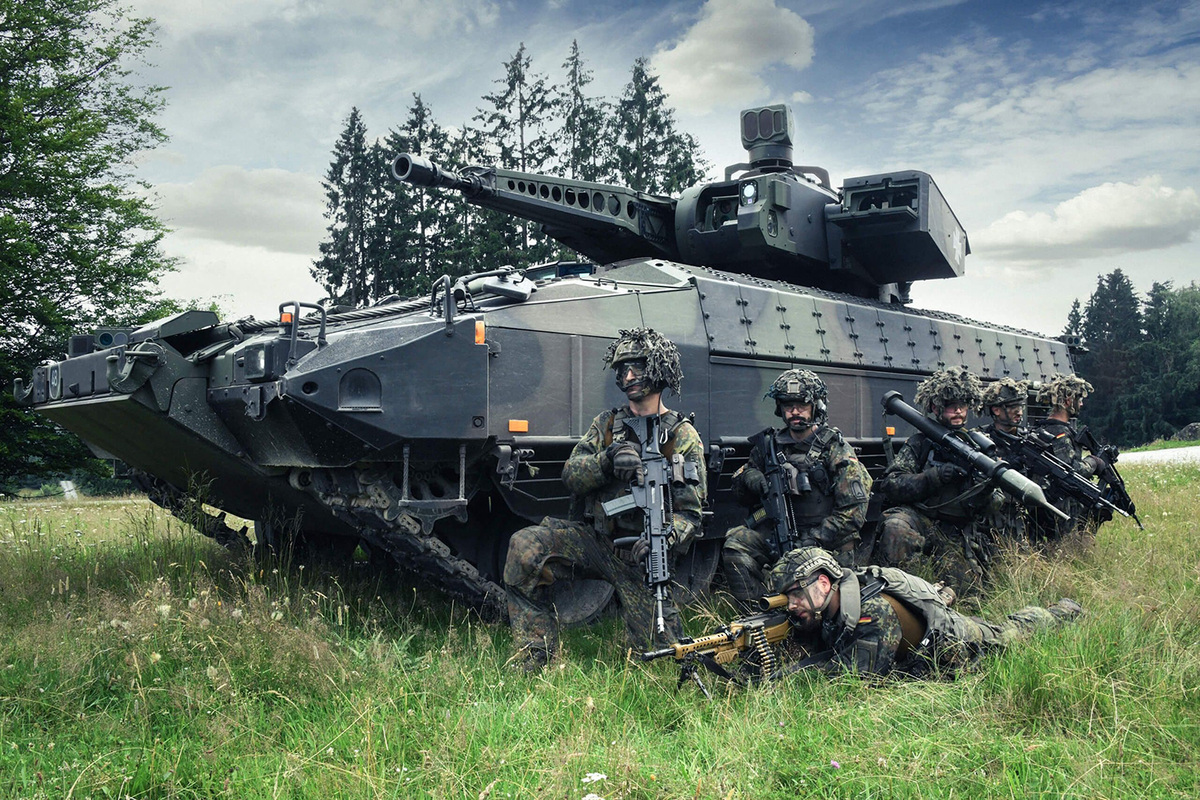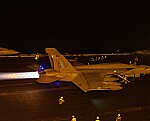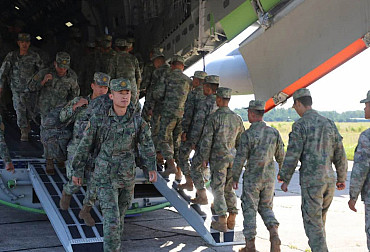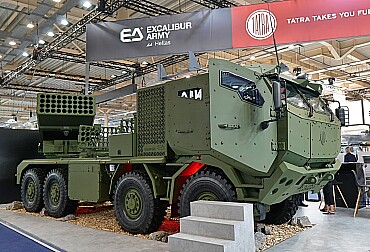Germany to Invest €377 Billion to Modernize Its Armed Forces
The German government has confirmed the existence of a vast military investment project worth €377 billion. This program details in a 39-page internal document the rearmament strategy announced when Chancellor Friedrich Merz came to power. Germany thus intends to give the Bundeswehr unprecedented technological and logistical superiority, while consolidating its industrial autonomy in the face of growing geopolitical tensions in Europe.

In his first speech, German Chancellor Friedrich Merz hammered home his desire to make Germany the leading military power in Europe. A few months later, this ambition has been translated into a major plan worth €377 billion. Of the €377 billion plan, around €182 billion will be injected directly into the German defense industry. This windfall will particularly benefit giants such as Rheinmetall, Thyssen Krupp Marine Systems, and Airbus Defense & Space, which are responsible for producing new heavy tanks, submarines, and integrated air systems. At the same time, the Bundeswehr plans to launch more than 320 new projects, 178 of which already have identified contractors, signaling rapid and coordinated implementation.
With around 53 projects worth over €88 billion, Rheinmetall is the biggest winner according to the documents, revealed by Politico. A total of 687 Puma Infantry Fighting Vehicles – 662 combat versions and 25 driver training vehicles – are to be procured by 2035. The new Skyranger 30 short-range air defense system – 561 systems – is also entirely the brainchild of Rheinmetall. Diehl Defence is named as the second industrial cornerstone. The company is said to be responsible for 21 projects worth €17.3 billion, including the Iris-T SLM and Iris-T LFK air defense systems. These programs alone add up to around €4.2 billion and are intended to form the backbone of future German air defense.
One focus of the new plan is also on space: more than €14 billion is earmarked for satellite programs, including a low-Earth orbit constellation worth €9.5 billion for secure communications for the armed forces. In the field of unmanned systems, the Bundeswehr is planning, among other things: new ammunition for the armed Heron TP (around €100 million), 12 Luna NG tactical drones (around €1.6 billion), and four maritime uMAWS drones (around €675 million).
Around 25 foreign projects with a total value of €14 billion – less than five percent of the total volume – are intended to secure Germany's access to strategic capabilities such as the planned addition of 15 F-35 jets (around €2.5 billion), 400 Tomahawk cruise missiles (around €1.15 billion) including three Typhon launcher units (€220 million), and four P-8A Poseidon maritime patrol aircraft (€1.8 billion; the German Armed Forces recently took delivery of its first P-8A Poseidon). This means that Germany's nuclear participation and long-range capabilities remain closely linked to US systems – while the majority of industrial investments deliberately benefit domestic manufacturers.
This strategy is aimed as much at military modernization as at domestic economic revitalization. By allocating nearly half of the budget to domestic industry, Berlin is seeking to make defense a lever for growth. The challenge is twofold: to strengthen operational capabilities and stabilize European supply chains, which are currently weakened by the war in Ukraine and tensions in the Indo-Pacific region. Germany, with its industrial strength, thus intends to become a strategic pillar of the European military-economic complex.
Chancellor Friedrich Merz has set a clear course: to build “the most powerful army in Europe.” This ambition is based on a widely shared observation: despite the announcements of the Zeitenwende in 2022, the Bundeswehr's actual capabilities remain insufficient. To make up for this shortfall, the Merz government has approved a defense budget of €108.2 billion for 2026, a spectacular increase compared to previous years. By 2029, German military spending is expected to reach 3.5% of GDP, a level above the NATO average and unprecedented in the country's recent history. The aim is to ensure that the army is capable of rapid intervention in all European theaters, particularly on the Alliance's eastern flank.
Germany also plans to completely overhaul its command and logistics structure. The Ministry of Defense, headed by Boris Pistorius, wants to strengthen reserve units and increase joint mobility. Pistorius recently stated that “satellite networks are now the Achilles’ heel of modern societies,” justifying a €40 billion investment in military space. This integration of the space domain marks a strategic break: the Bundeswehr wants to be able to detect, counter, and strike from a distance in a highly digitized environment.
The announcement of the €377 billion plan comes at a time when Europe is marked by the ongoing war in Ukraine and the fragility of transatlantic relations. Since the gradual reduction of US aid to Kiev, several EU capitals have called on Berlin to take a leading role. For Friedrich Merz, this military build-up is a response to a logic of collective responsibility: “Europe must be able to defend itself without depending on Washington,” he said in a speech to the Bundestag on October 20, 2025. The federal budget adopted on July 30, 2025, which provides for €126.7 billion in investments across all sectors, establishes defense as a national priority. In the medium term, according to several analysts, the Bundeswehr could become the leading conventional army in Europe, ahead of those of the United Kingdom and France.









